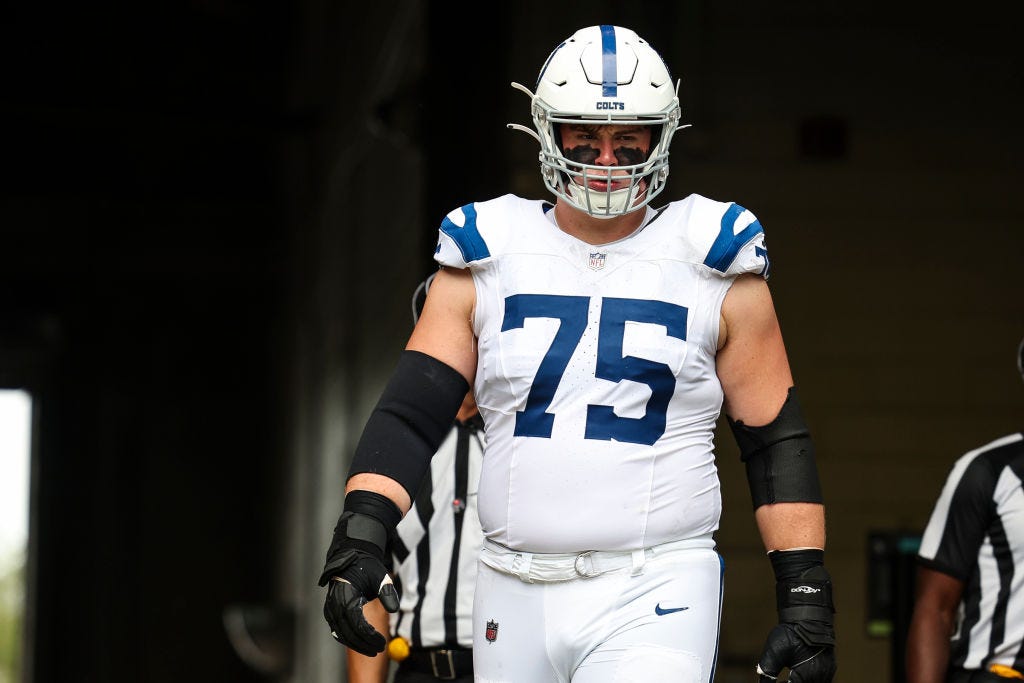Luke Braun's Film Room: Be As Water, Will Fries — The Martial Art of the Counterattack
Luke Braun evaluates new Vikings free agent guard Will Fries, and how a nearly century-old synthesis of martial arts led to his ascendance
On a hillside in Daegu, South Korea lies a relatively unassuming gravestone. At any given time, you might find flowers or other offerings to the man who rests there, Choi Yung-sool. He’s credited as the founder of Hapkido, a Korean martial art and sister to the more prominent taekwondo.
In 1910, Japan annexed Korea and outlawed Korean martial arts. If you wanted to practice Korean traditions, you had to do so in secret or hide it amidst state-approved Japanese training. Between this history and the history of various Chinese occupations with similarly oppressive laws, many ancient Korean martial techniques and traditions are now lost to time or are assimilated into the Japanese and Chinese traditions that replaced them.
Just two years after annexation, a boy named Choi Yung-sool was assigned as a child laborer to a Buddhist temple in Kyoto. There, he met grandmaster Sokaku Takeda, head of a Japanese Jujutsu form called Daito-Ryu Aiki-Jujutsu.
This meeting would change the future of martial arts.
Jujutsu translates roughly to “yielding art,” and you probably know it more as a grappling art than one centered on punching and kicking. You could also translate the prefix “ju” into “soft” and call it a “soft art”. The art of softening your body, letting your opponent overcommit, and using their momentum against them. The Daito-Ryu variation aimed to perfect this yielding art, winning a fight without punching or kicking at all. It’s the art of the counterattack.
Choi studied this art for decades as Takeda’s favored pupil and eventual adopted son. Two years after Takeda’s death in 1943, the Japanese empire surrendered to the Allied powers. The end of the Second World War also ended the Japanese occupation in Korea. Korean martial artists could once again teach in the open.
Upon grandmaster Takeda’s death, Choi promised to continue the pure tradition of Daito-Ryu. But he wanted to re-establish a connection to his Korean roots and make the art accessible to the newly liberated Korean population. So he moved to Daegu and opened a dojo called “Hapki Yu Kwon Sool” (soft fist art of coordinated power), or “Hapkido” for short.
Hapkido’s influence can be found all over the world of martial arts, so much so that practitioners will leave offerings at Choi’s gravesite in Daegu. You can find not only Hapkido competitions today, but also find Hapkido in its indirect influences on MMA, and even on a high school football field in Cranford, New Jersey.
The Origins Of Will Fries
I want you to be perfectly honest. When did you first learn about Will Fries? I’m willing to bet that for most of you, it was in this calendar year. Maybe you learned about him when you looked up PFF’s Free Agency tracker and saw Will Fries at the top, or maybe you didn’t even know him until the Vikings signed him on March 14th.
Perhaps it was last year, when you saw the headline that his broken tibia would hold him out for the rest of the season. Maybe you thought about how that would affect Indianapolis’ upcoming game against Minnesota to have a backup at right guard.
Maybe you’re a Colts fan who learned about Will Fries in the 2021 draft. Maybe you’re a real sicko that studied that draft so deeply that you were already aware of the 27th offensive tackle on the board (or 13th guard, if you viewed him as such). Or worse, a Penn State fan.
If you asked Packers edge rusher Rashan Gary, he could have told you he knew about Fries all the way back in high school. The two trained together under a volunteer trench guru named Peter Kafaf, a strong proponent of martial arts techniques in offensive and defensive line play.






